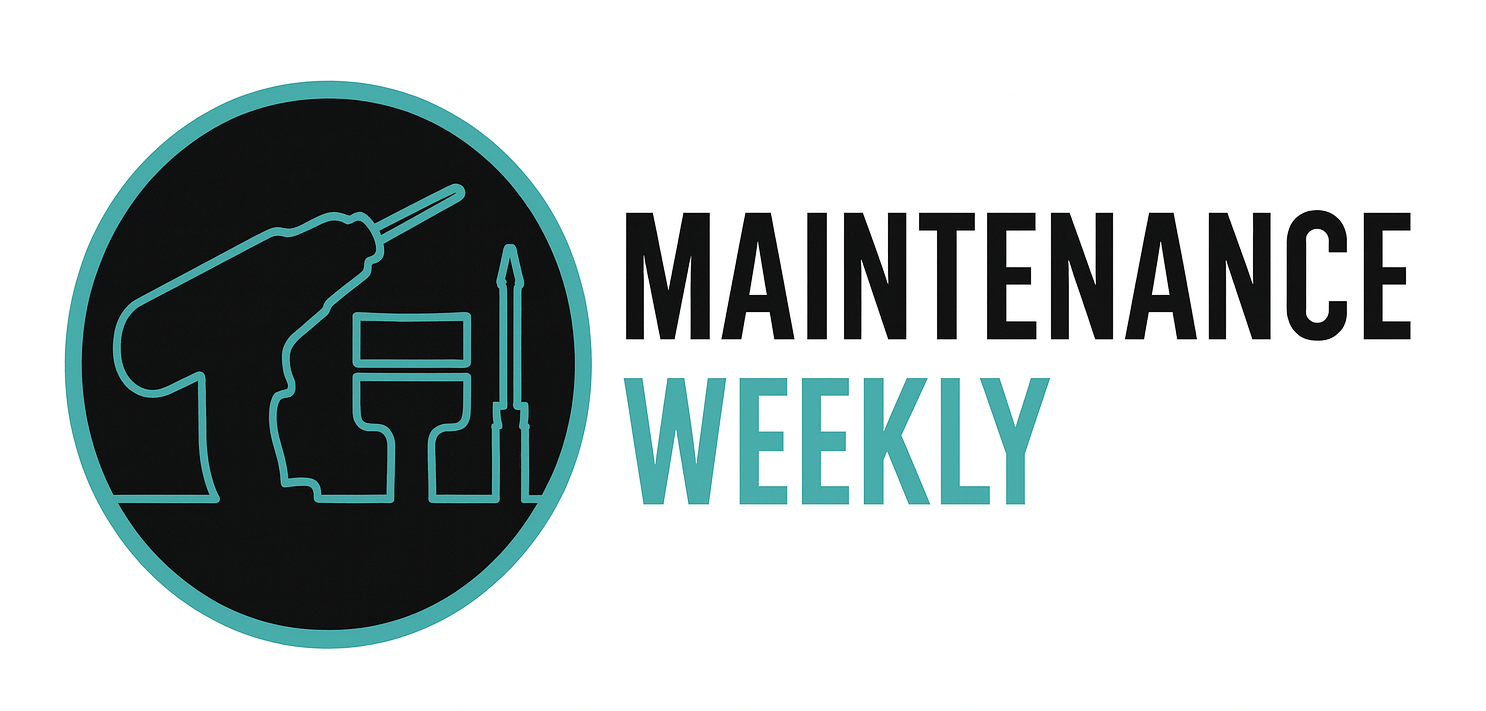Interview Tips for an Avionics Technician
The following are interview tips to help you prepare for your Avionics Technician interview. Do your homework on the company, review the aircraft systems you may be working on, and practice your responses so you can walk in with confidence and ace the interview.
-
Emphasize Specialized Training and Certifications
Highlight your training in avionics systems, such as communications, navigation, radar, autopilot, and flight management systems. Mention any FCC licenses, NCATT certifications, or manufacturer-specific training. -
Showcase Diagnostic and Troubleshooting Skills
Avionics issues can be complex and intermittent. Be ready to share examples of how you diagnosed electrical faults using multimeters, oscilloscopes, or built-in test equipment. -
Highlight Familiarity with Wiring and Schematics
Stress your ability to read and interpret complex wiring diagrams and schematics. Employers will value your precision when installing or troubleshooting wiring harnesses, connectors, and electronic modules. -
Discuss Compliance with Regulations
Employers want assurance that you follow FAA, EASA, or military regulations for avionics work. Emphasize your commitment to approved data, manuals, and airworthiness requirements. -
Detail Your Work with Modern Systems
Mention experience with GPS, ADS-B, digital flight displays, and integrated avionics suites. Show that you stay current with new technologies in next-generation aircraft. -
Emphasize Communication and Documentation
Avionics work often requires documenting troubleshooting steps and clearly reporting findings to pilots, supervisors, and inspectors. Highlight your accuracy in logbooks and work cards. -
Show Attention to Detail and Patience
Avionics issues can require meticulous testing and re-checking. Stress your thoroughness, ability to isolate faults systematically, and patience in resolving complex problems. -
Prepare for Scenario-Based Questions
Expect questions that test your ability to diagnose and repair electronics under pressure:Q1. “A pilot reports that the GPS intermittently loses signal in flight. How would you troubleshoot this?”
Sample Answer: “I would begin by gathering detailed information from the pilot about the conditions when the signal was lost. I’d check the antenna connections, wiring continuity, and power supply, and review fault codes if available. I would then test the system on the ground using built-in test equipment and replace components only after confirming the root cause.”Q2. “How would you handle discovering damaged wiring during an unrelated inspection?”
Sample Answer: “I would stop work and document the discrepancy immediately, referencing the wiring diagram and maintenance manual for repair limits. If the damage was beyond acceptable limits, I’d escalate it to my supervisor and ensure the wiring was repaired before the aircraft was returned to service.”Q3. “What steps would you take if a newly installed avionics system fails post-installation testing?”
Sample Answer: “I’d start by reviewing the installation process against the manual to ensure every step was followed correctly. I would check all connectors, grounding, and power supply. If necessary, I’d re-run the built-in test equipment and consult with the manufacturer’s support if the issue persisted. My focus is always to verify the installation properly before signing off.”Q4. “Tell me about a time when you solved a difficult electrical fault that others struggled with.”
Sample Answer: “In one case, a navigation system kept failing intermittently. Others had replaced parts without solving the problem. I systematically traced the wiring and discovered a loose grounding connection hidden behind a panel. Once repaired, the system worked flawlessly. That experience reinforced the importance of patience and thorough testing in avionics.”
Source: ChatGPT
